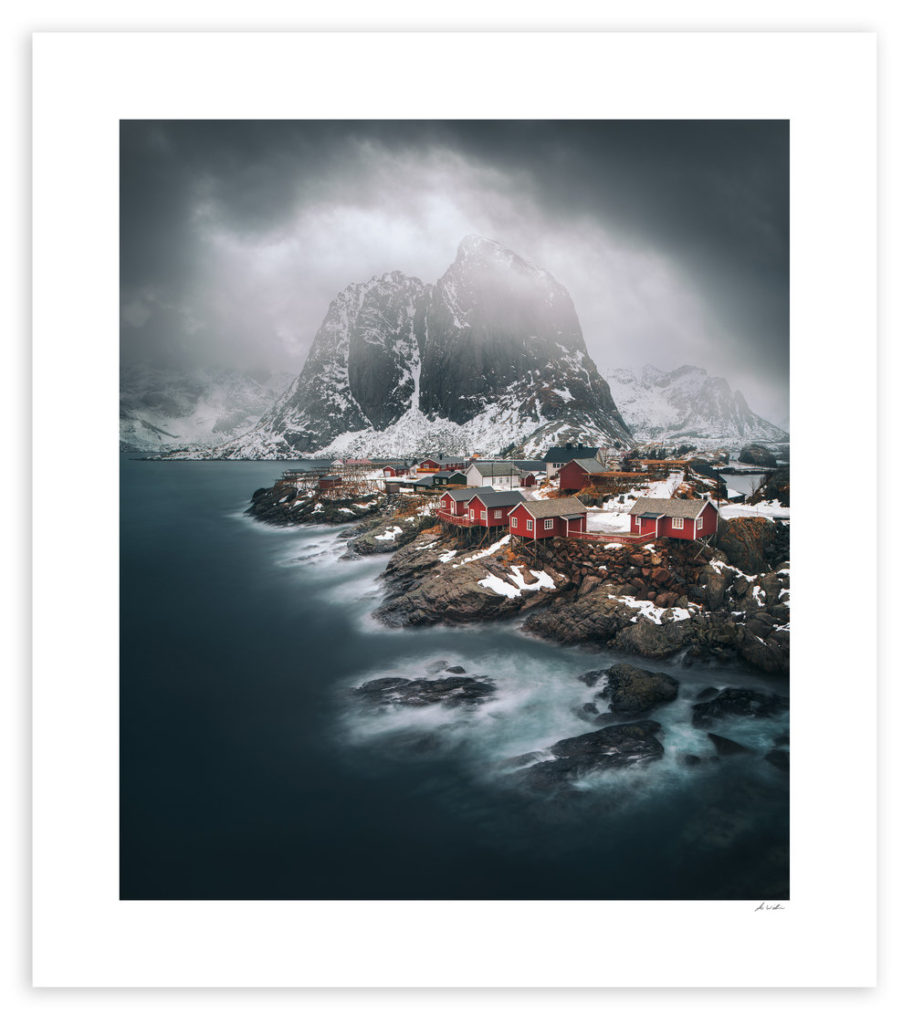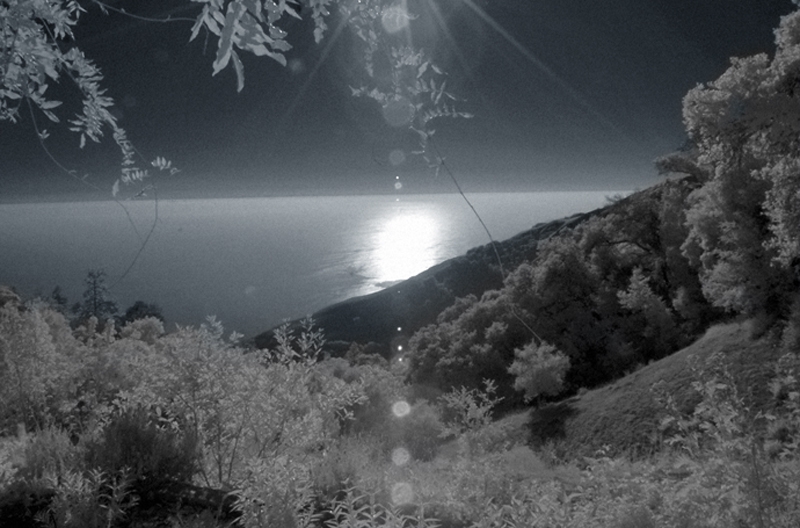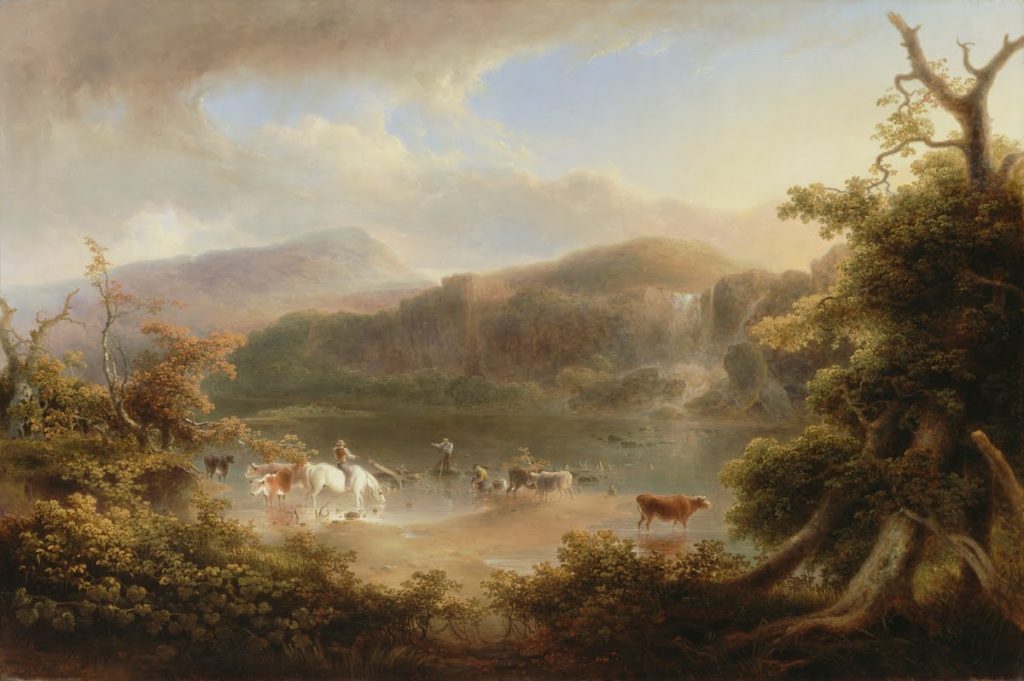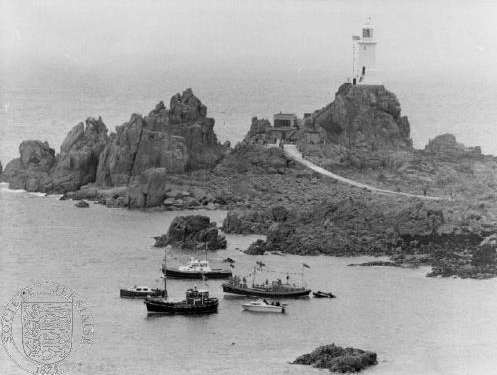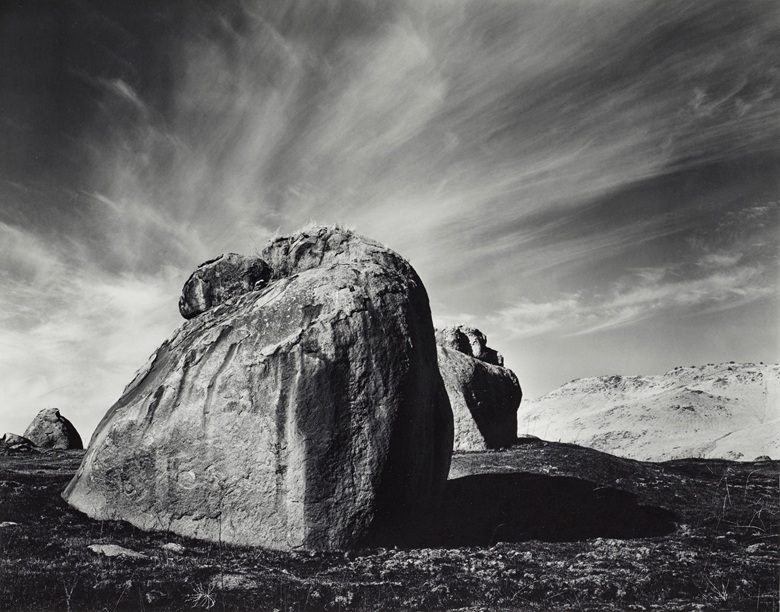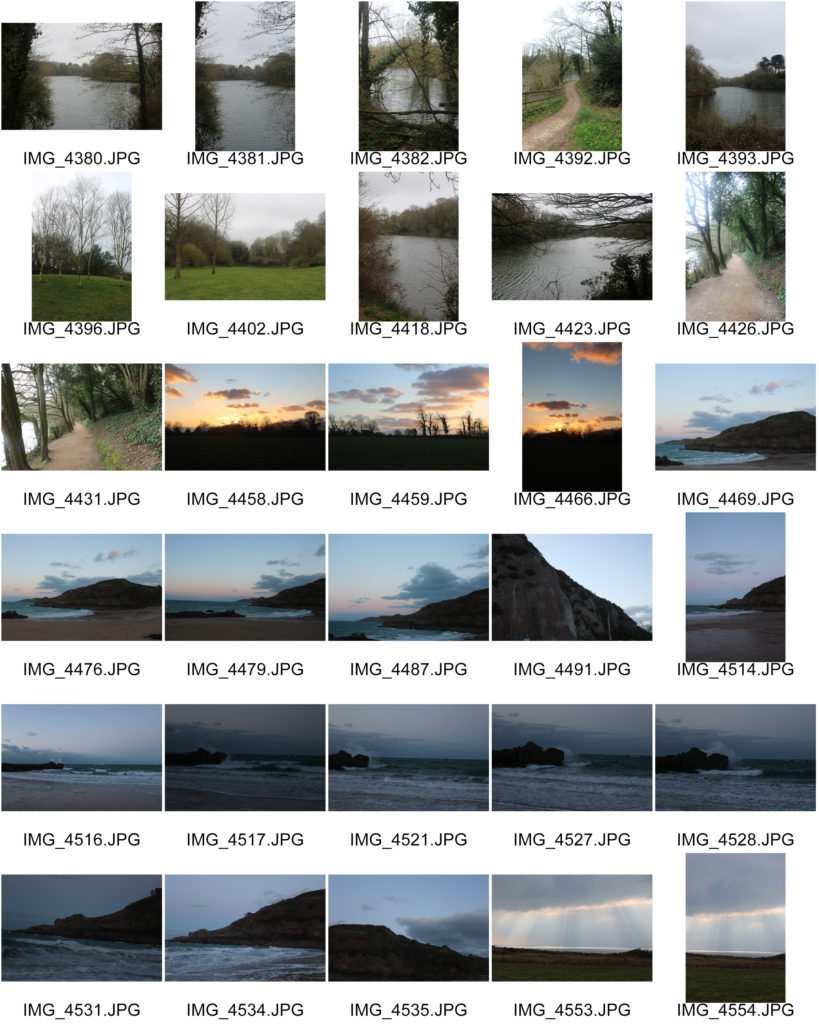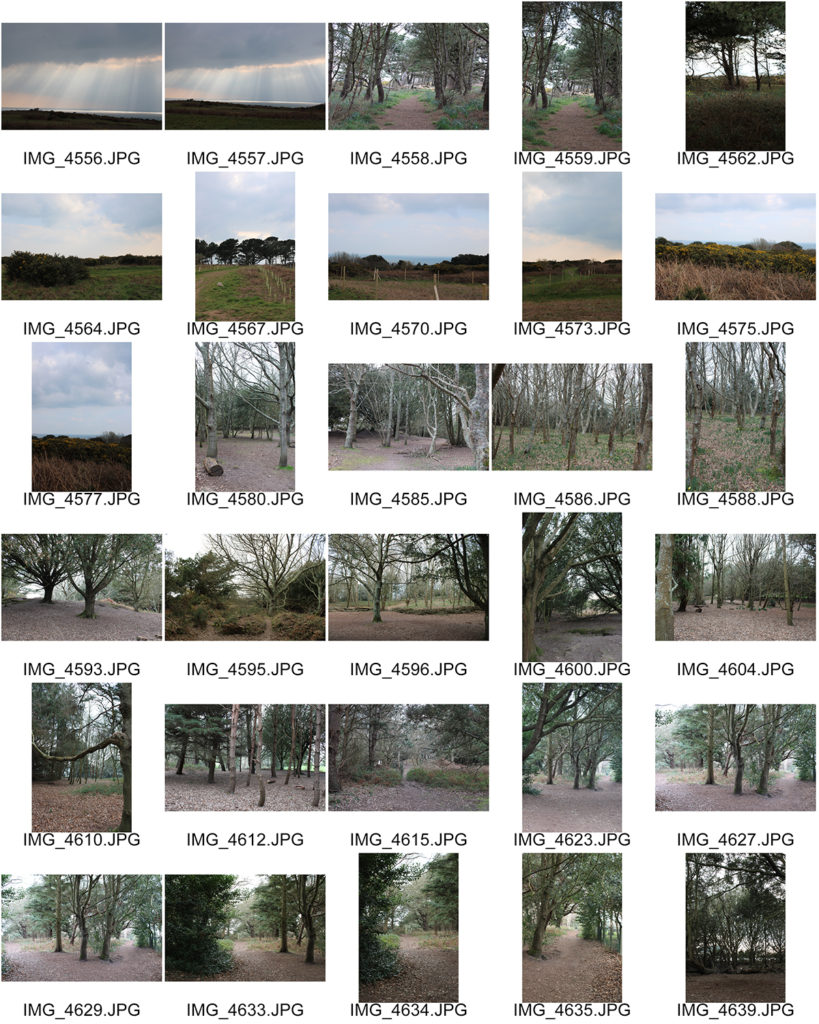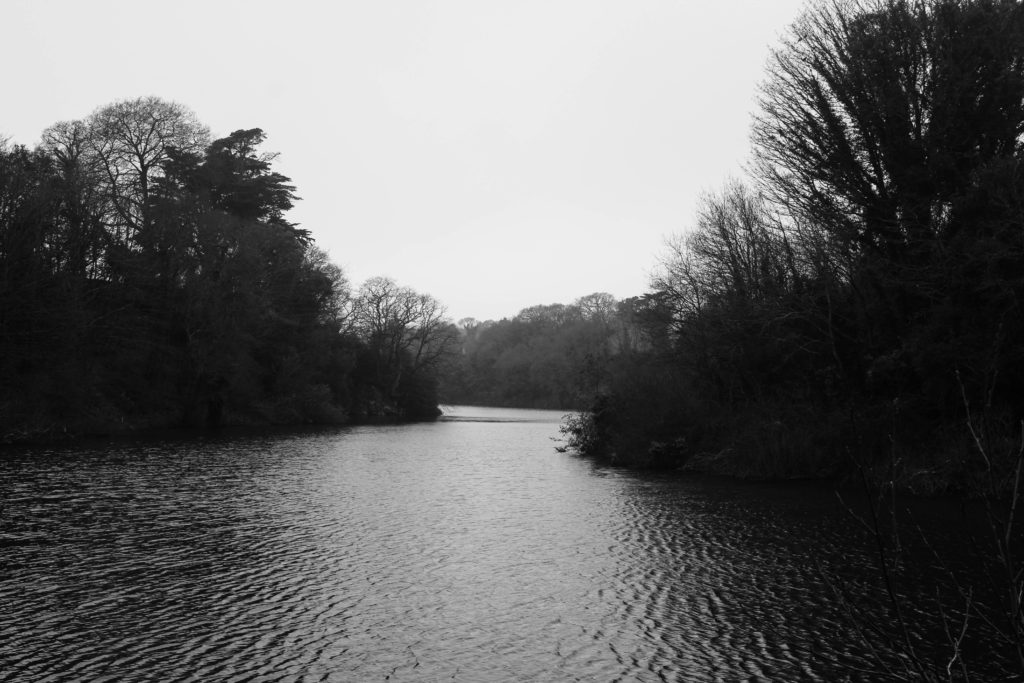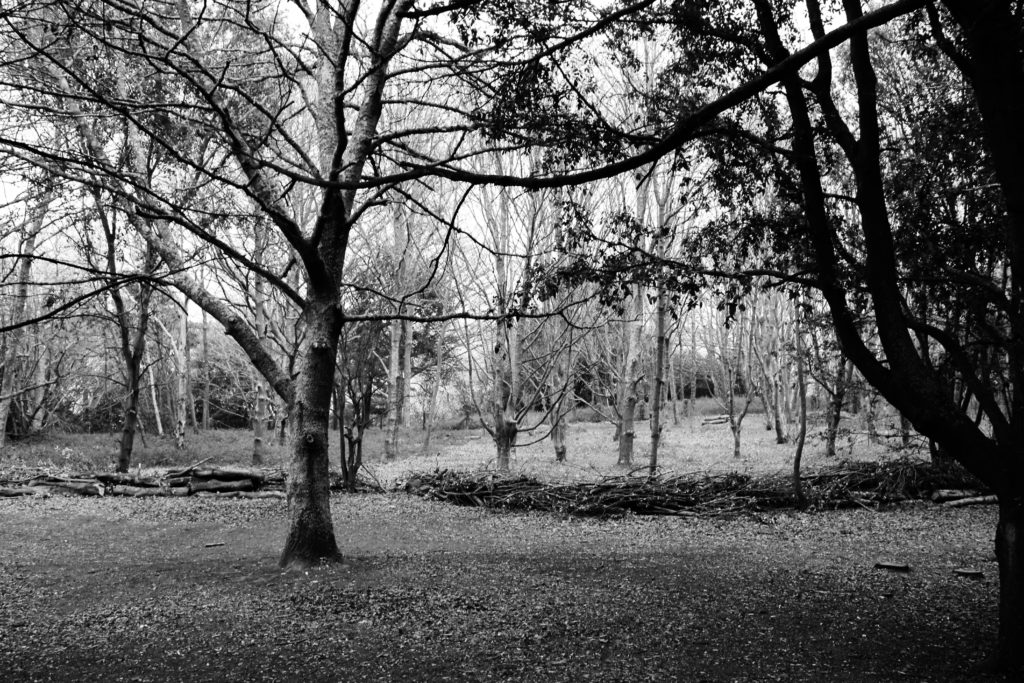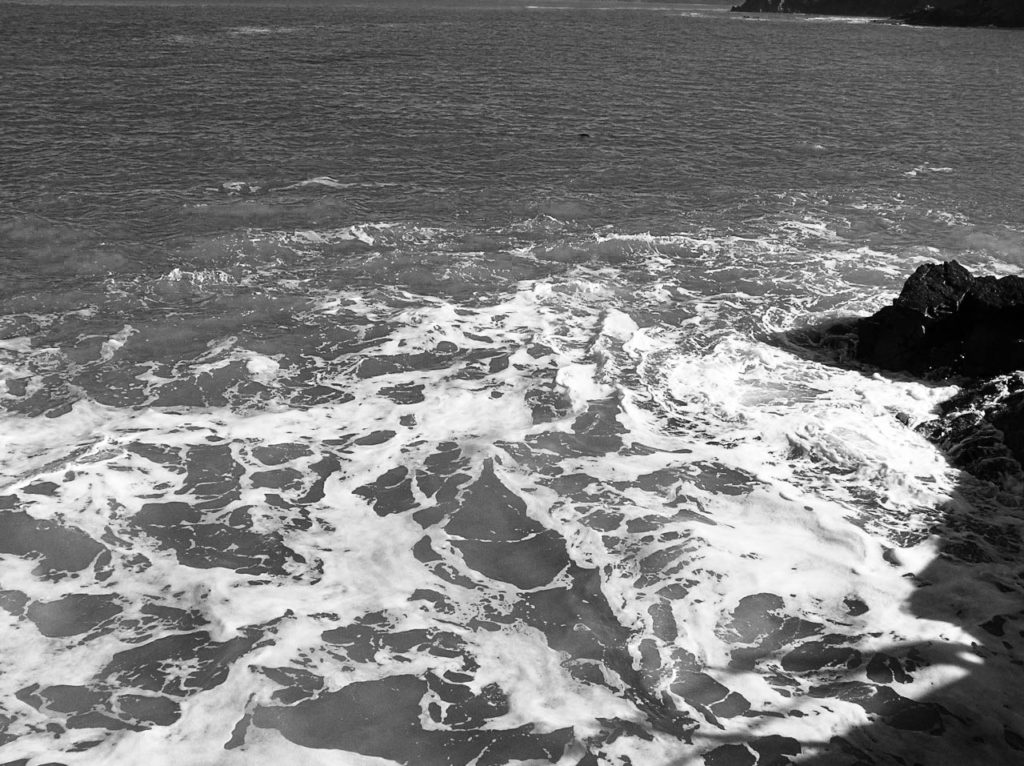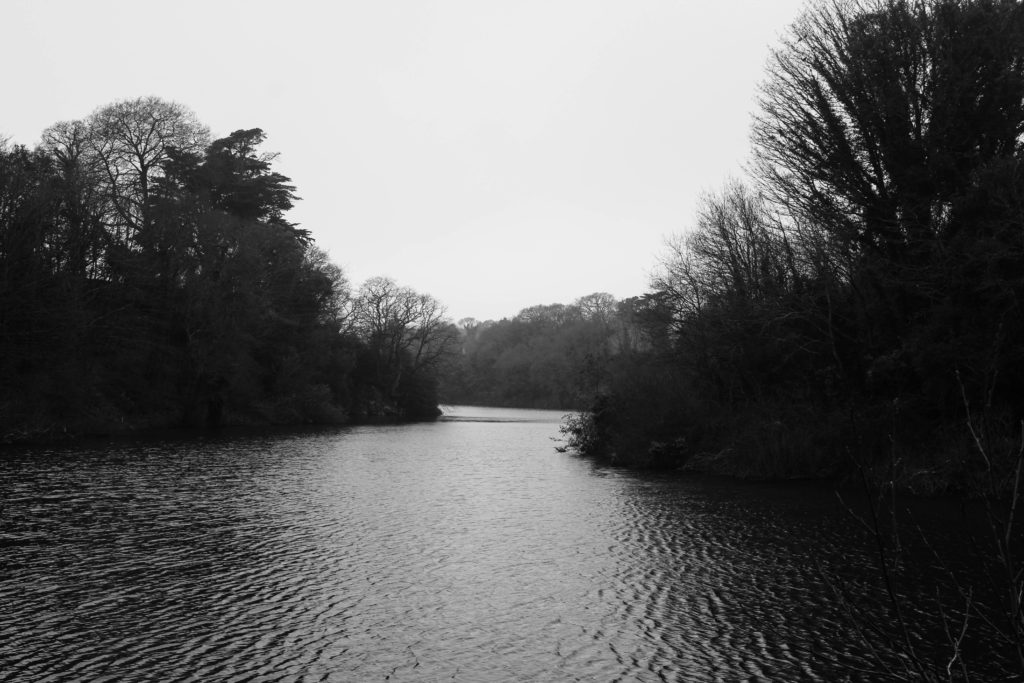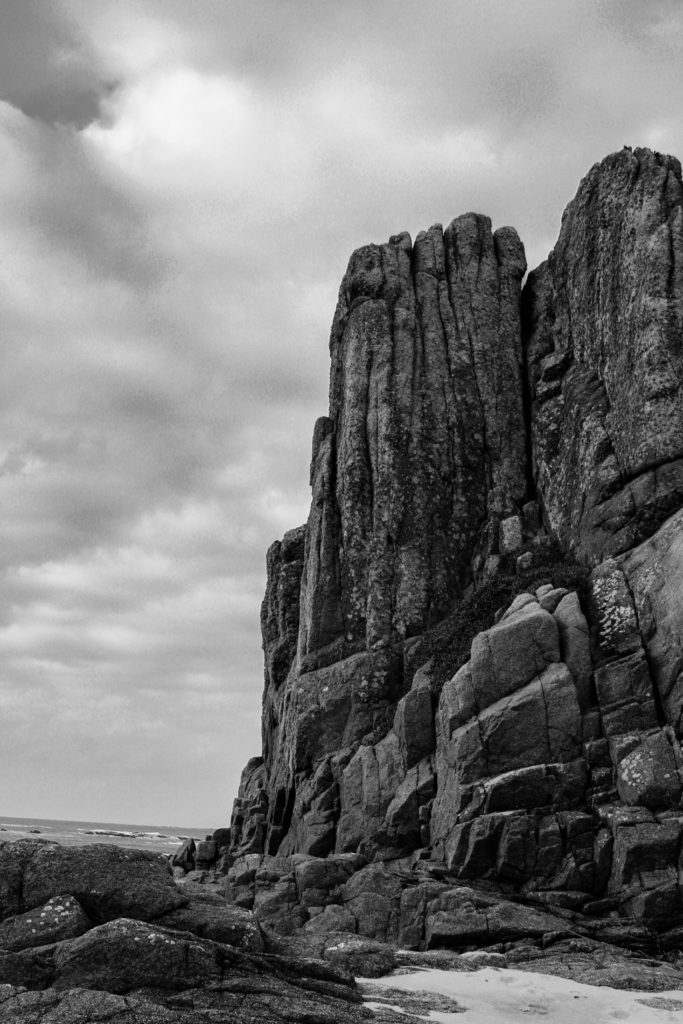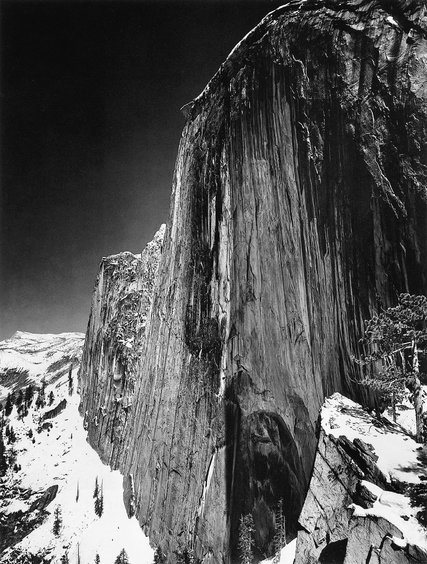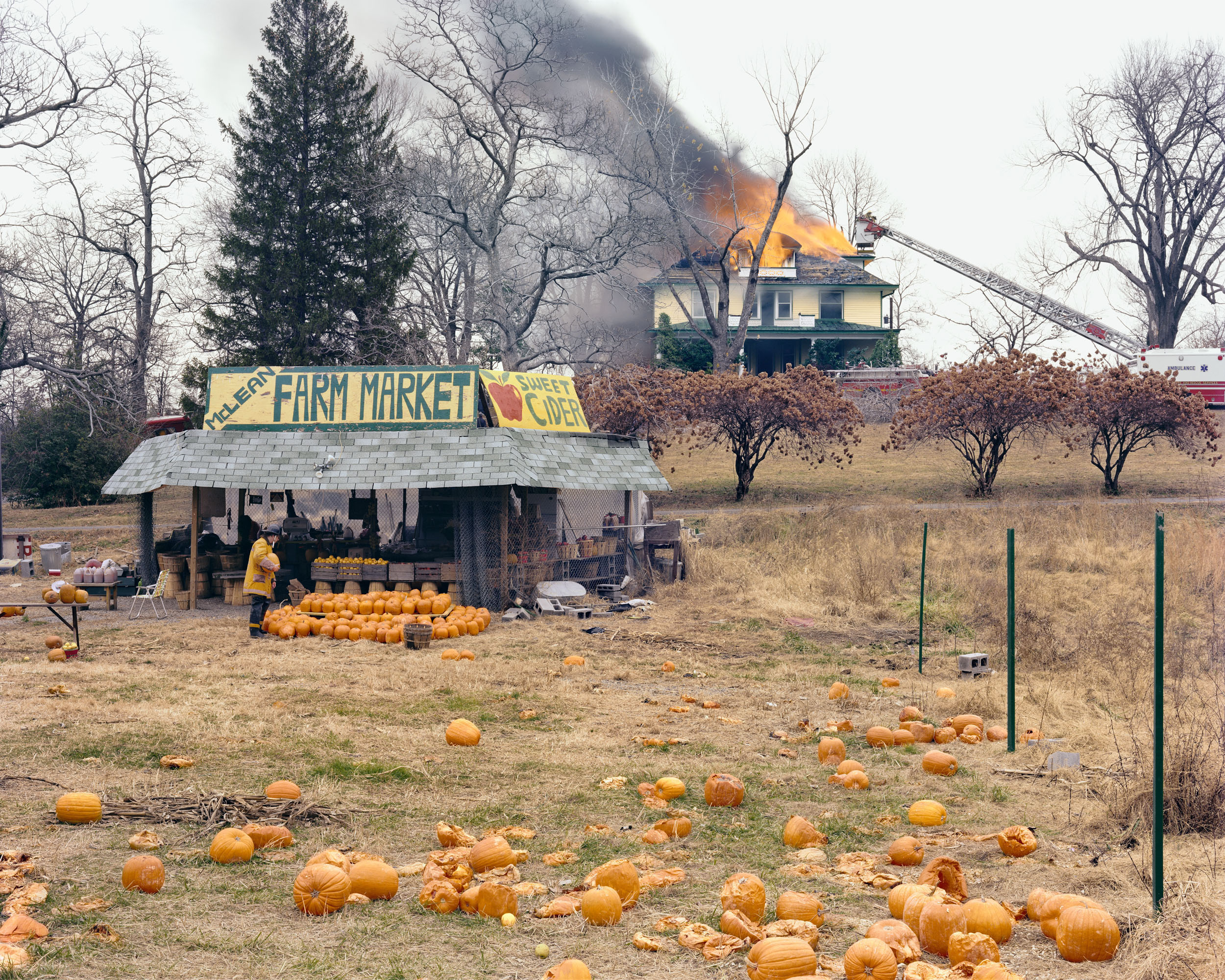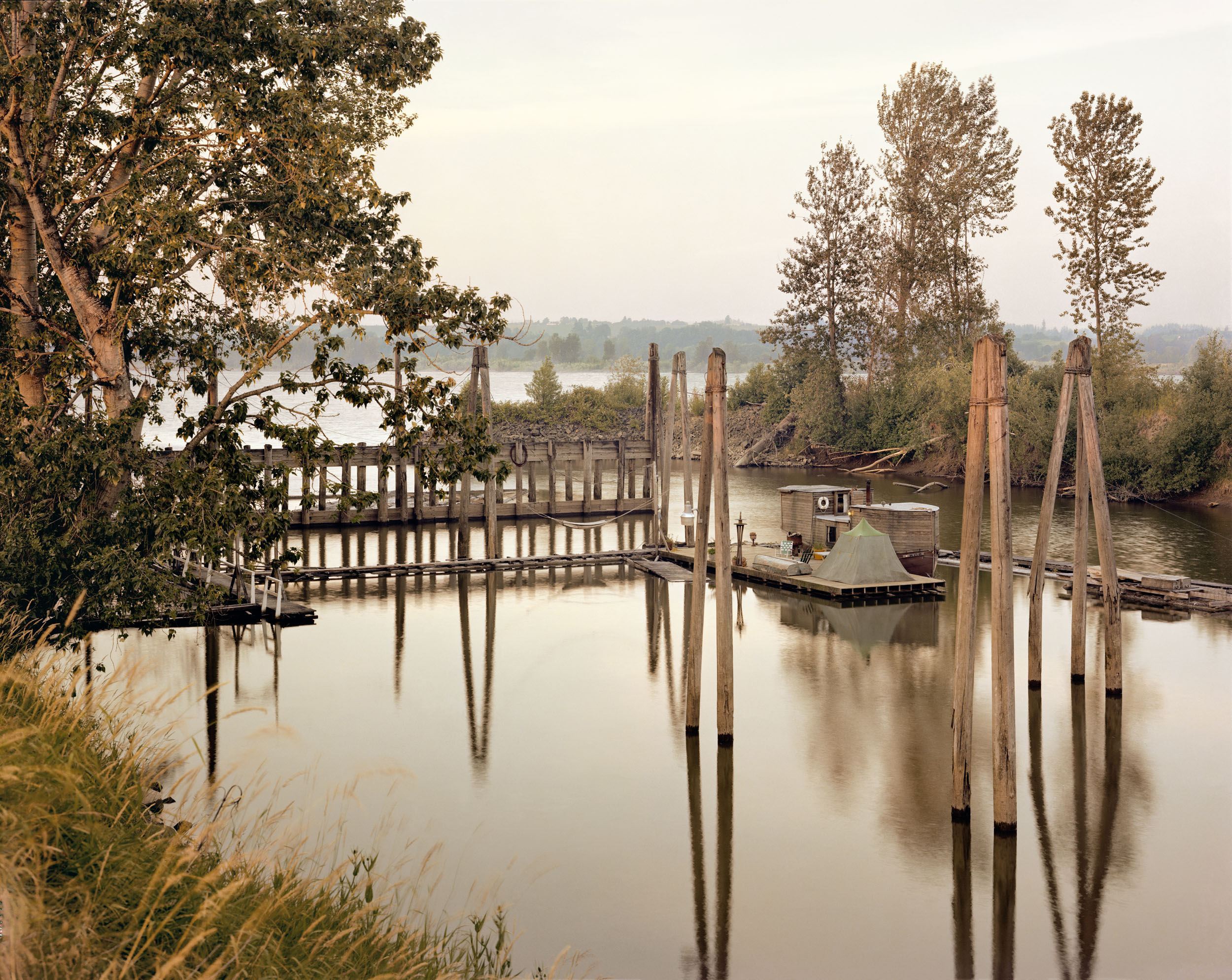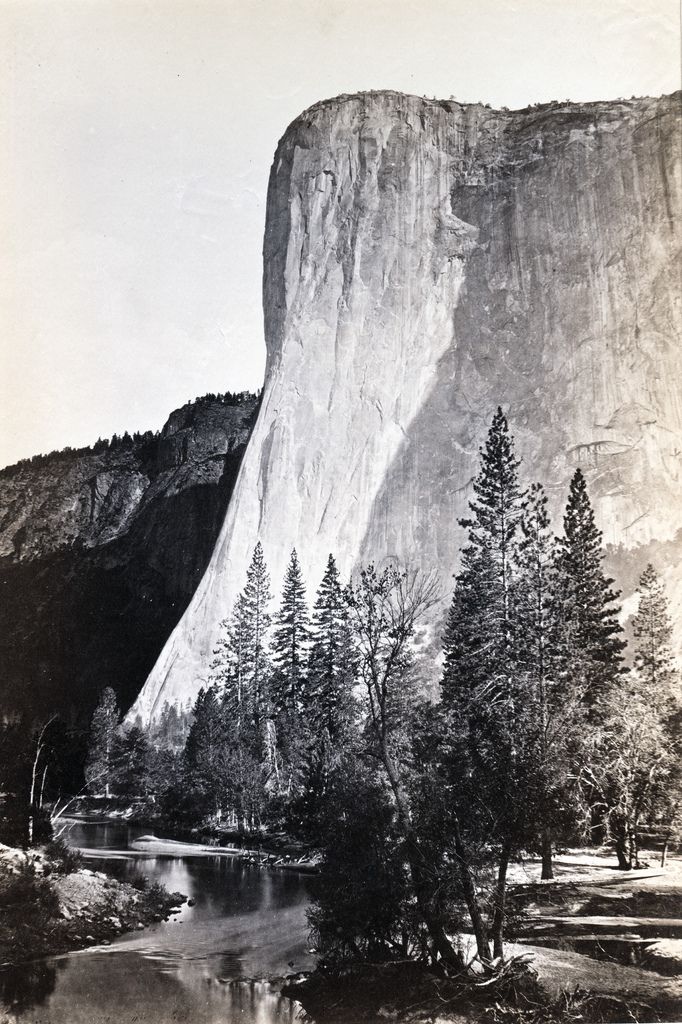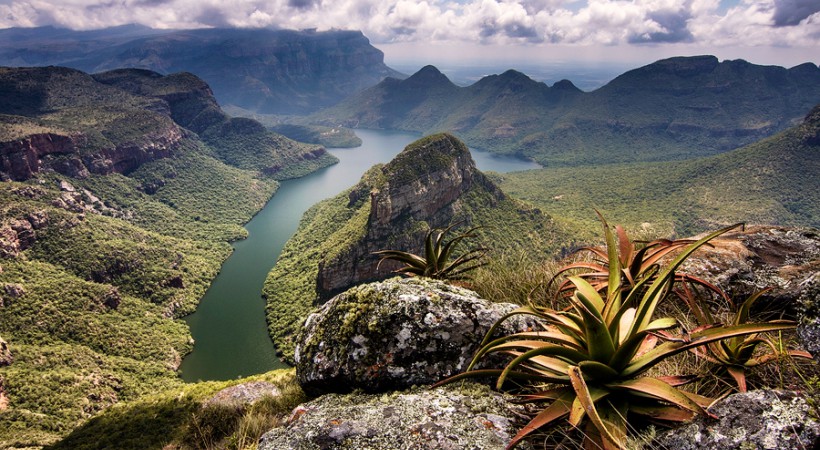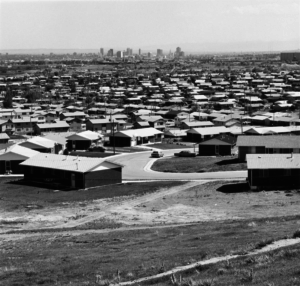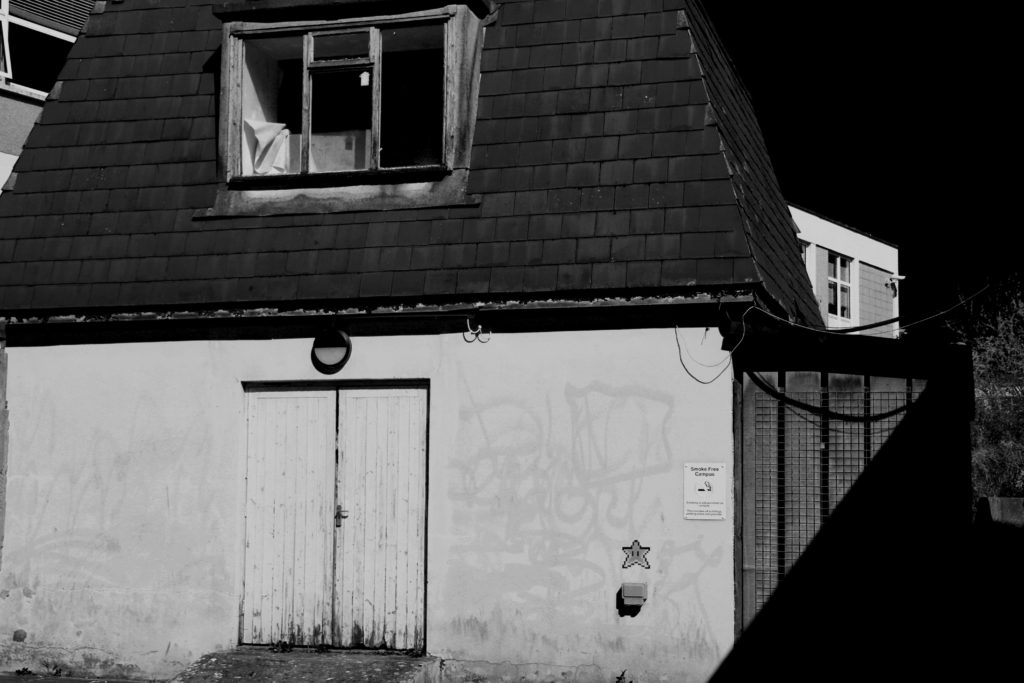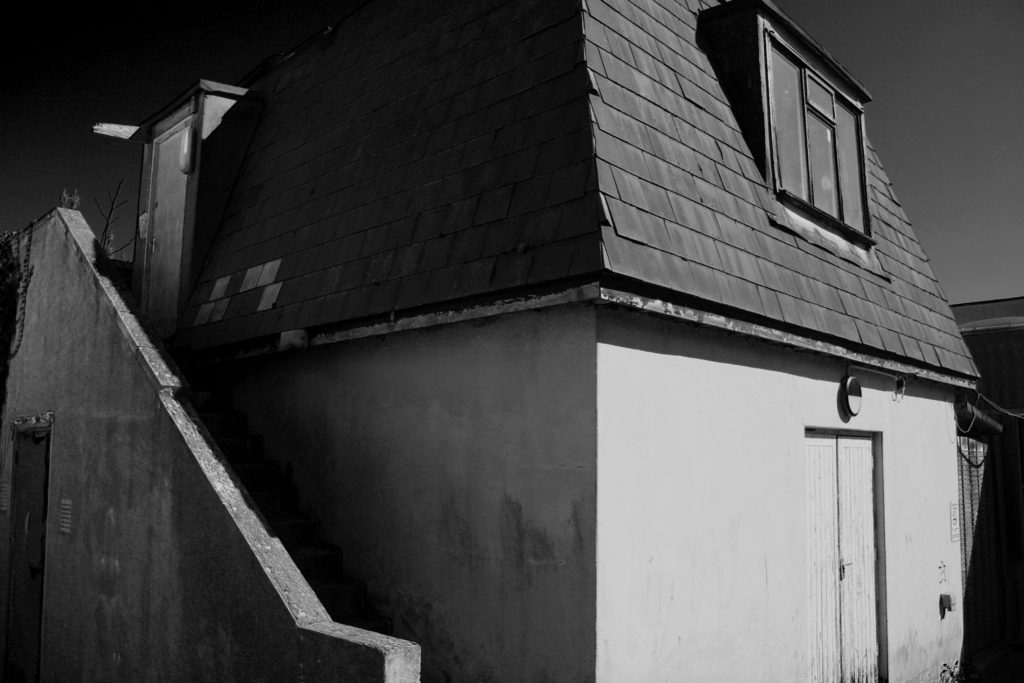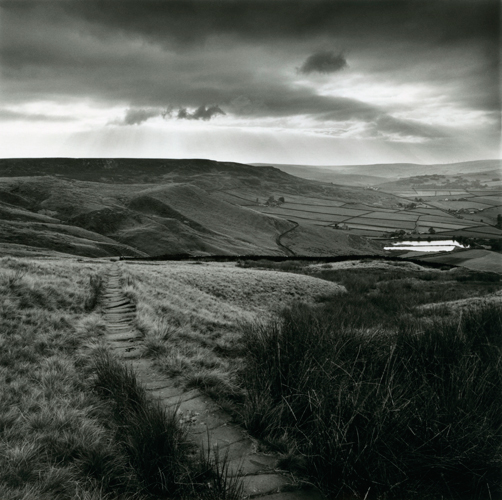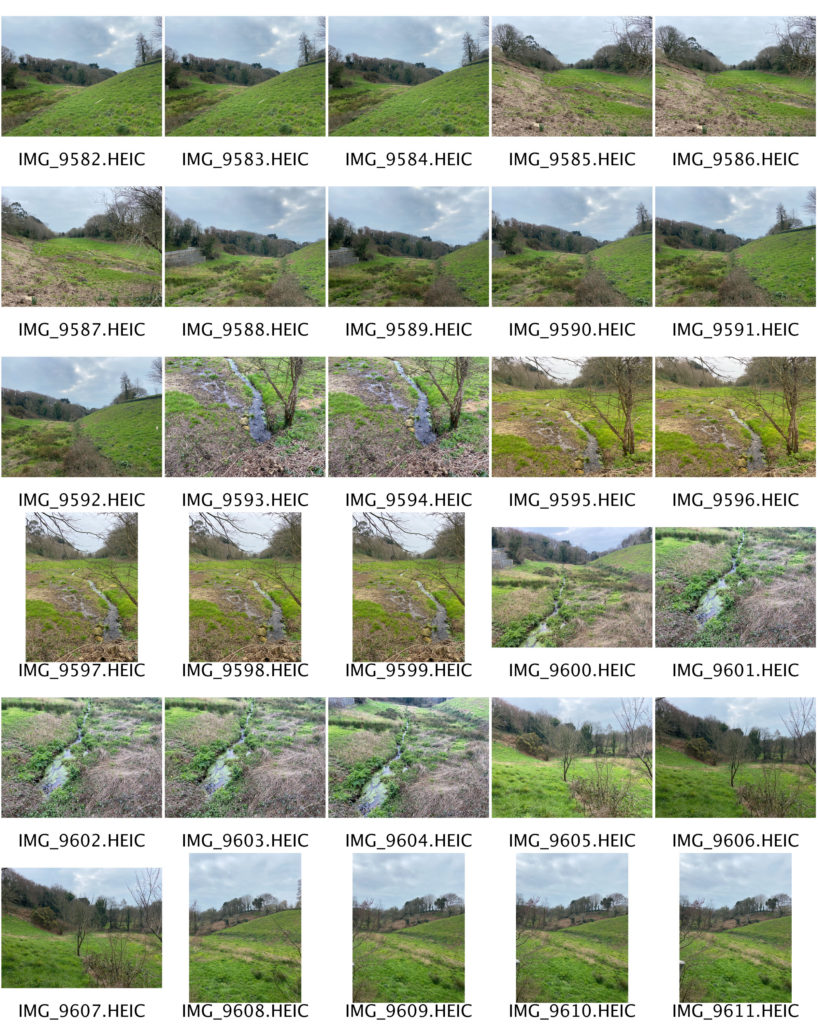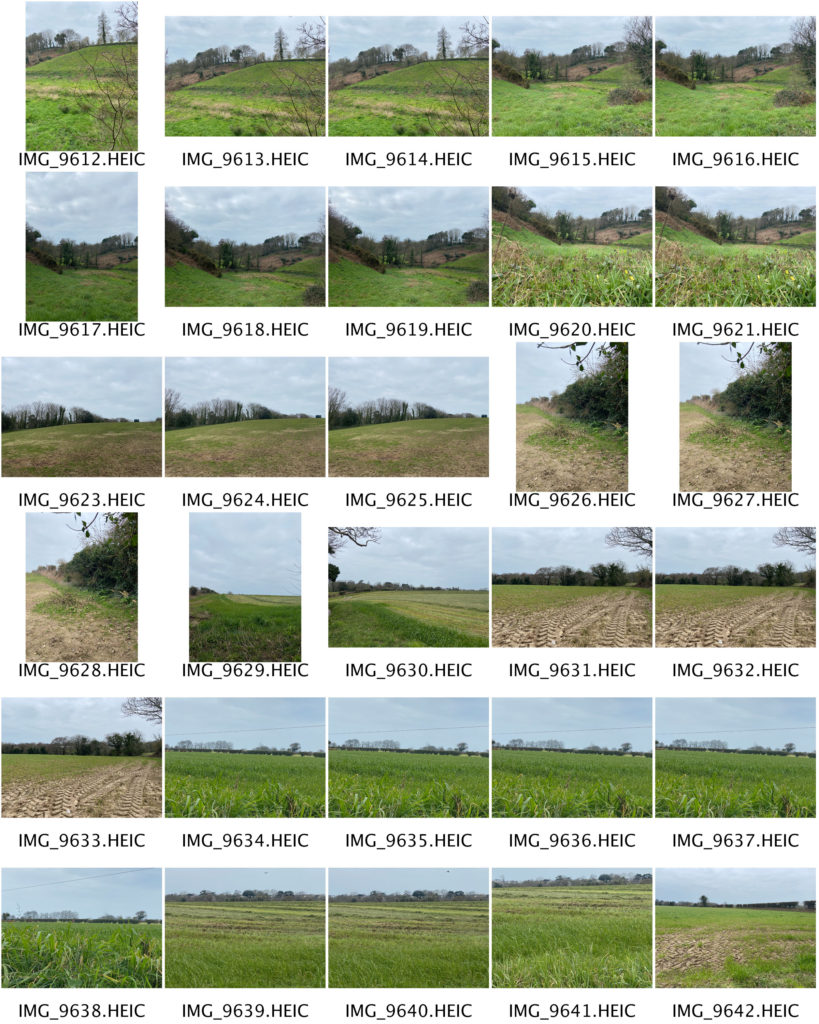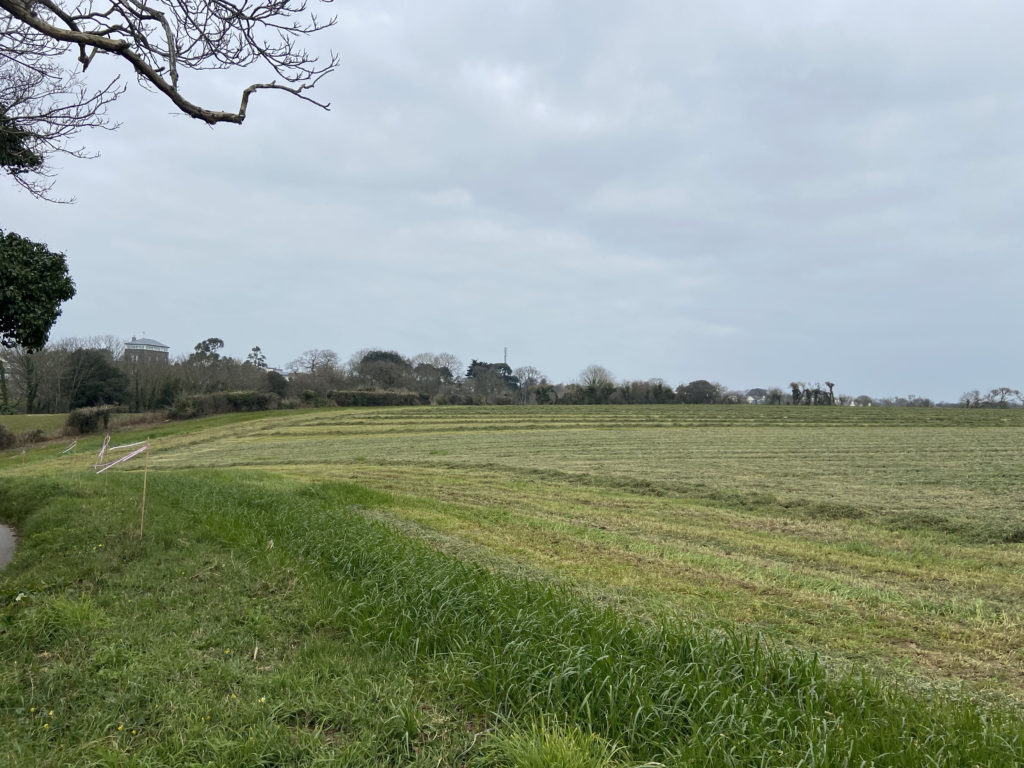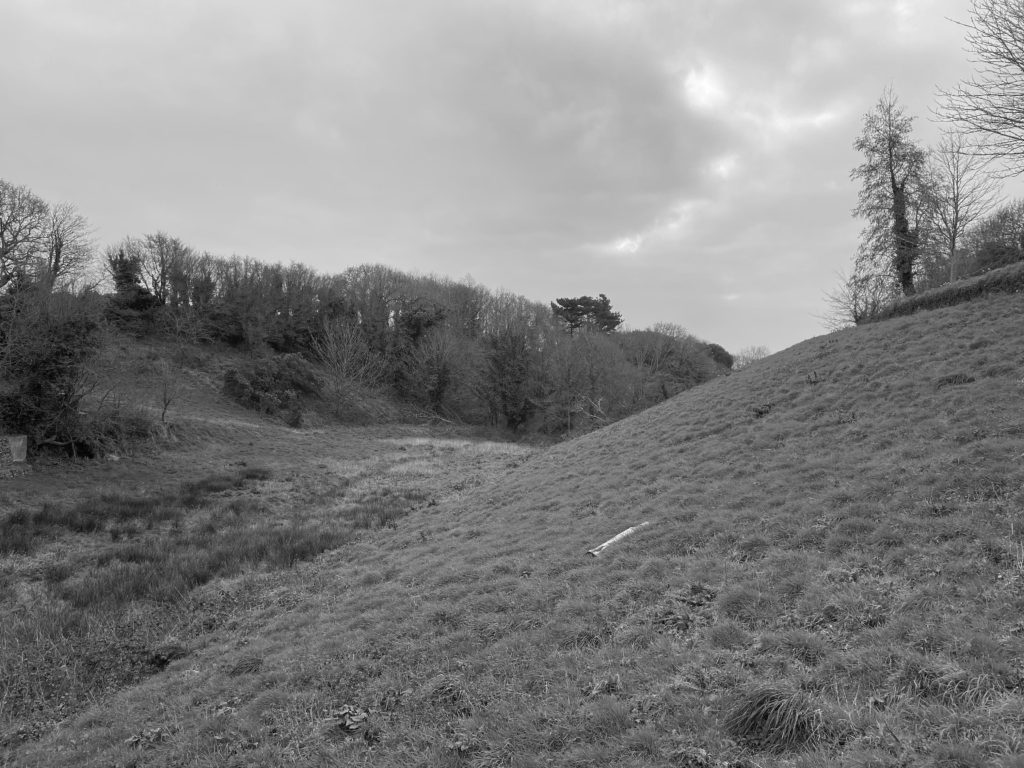Edward Burtynsky

Edward Burtynsky, born in 1955, is a Canadian photographer widely recognised for his largely formatted industrial photography. Burtynsky’s work depicts natural locations of which are being vastly invaded by human industrialisation. His work is often compared to a unique depiction of the ‘sublime’ due to the extreme format of the over-head images. He formally studied graphic arts and photography between the 1970’s and 1980’s, and achieved a diploma in graphic arts and a BAA in photographic arts. Edward Burtynsky won the TED prize for Innovation and Global Thinking in 2005 and received the Governor General’s award in Visual and Media Arts for his collection of work so far.
Examples of Edward Burtynsky’s work



Analysis of Edward Burtynsky’s work

This image produced by Edward Burtynsky in 2016 is titled: ‘Saw Mills #3, Log Booms, Lagos, Nigeria’. The title of the image removed any ambiguity to the viewer as the title describes exactly what is in the image. At first glance there is a strong focus on repetition and the use of lines, also the tones in the image appear very earthy and almost dull.
Although the lighter sections are very subtle in this image by Edward Burtynsky, they are still visible when you look closer into the image. The lighter areas can be seen in patches surrounding the sawmills, especially in the bottom third of the image. The lighting of the image seems natural as it subtly produces highlights and shadows. The shadows can be seen in the same positions as the shadows, as they weave between the sawmills, producing cloud-like areas. It is difficult to tell the time of day that the photograph has been taken, although the shadows are casted from the bottom right corner of the image, suggesting the light is also coming from this direction.
There is a strong emphasis on line in this photograph. these thin, vertical lines subvert into different directions, but overall lead the viewers eyes from the bottom to the top of the image. There is no particular leading lines in this photograph, though the multiple lines lead the viewers eyes in the same direction, in a curved motion.
Although there is no representation of echo or reflection within this image, there is a strong sense of repetition through the use of line. These thin lines curve in a snake-like motion from the bottom third of the image to the top third.
There is a contrasting combination of geometric and organic shapes in this photograph. This can be seen in the straight-edged lines being formed in a way that they appear as an organic, curved line.
This photograph has a shallow depth of field as the lines in the bottom third are in focus compared to the lines in the top third. The image consists mainly of positive space, although there is representation of negative space throughout the whole photo, which is seen in the murky waters between the sawmills.
There is not a strong focus on texture in this photograph, but the textures represented could be said to be contrasting as the water has a smooth, sleek surface when compared to the sharp-edged wood planks.
The tones in this photograph do not have an extensive range, however darker and lighter tones can be seen, for example shadows are found in between the wooden planks and sections of the water are slightly lighter, especially in the bottom third of the photograph,
The colour palette of the photograph is made up of complimentary earthy colours. These colours are subdued and subtle, and consist of greens and browns. Lighter, white colours can be seen up close within the wooden lines. If the image was taken in black and white film, the tones of the image would be accentuated, however I feel like the image would be more ominous to the viewer, as the colour of the wood would be removed.
The rule of thirds is somewhat used in the photo, as the bottom third of the image is in focus but the depth begins to fade as the viewers eyes travel up the image. There is no shape formations that can be superimposed onto this image as the composition is organic. Overall I would say the photograph is balanced as the positive and negative space are rather evenly distributed.





